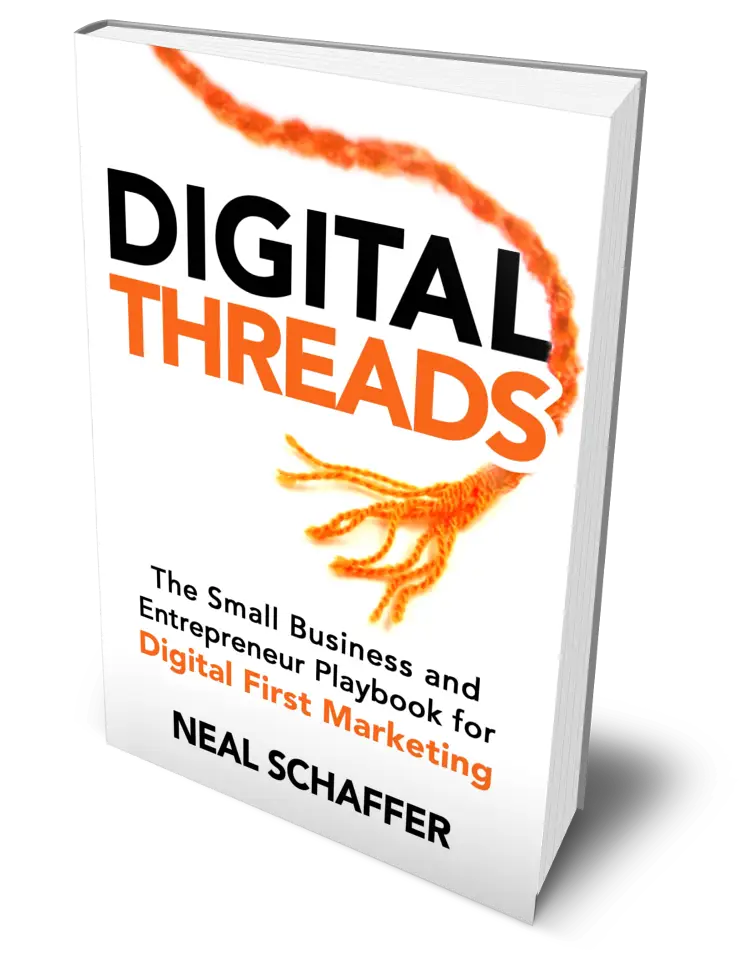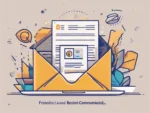
How to Do SEO for Your Website (Even If You’re a Total Beginner)
Most people who ask “how to do SEO” are either overwhelmed by the jargon or discouraged by the competition. But I’m here to cut through the noise. After helping dozens of brands grow their organic visibility as a Fractional CMO, I can tell you this: SEO isn’t magic, and you don’t need to have technical proficiency in SEO tools to get started.
What you do need is a simple, strategic process—and the discipline to follow through. I have created this guide to help you understand search engine ranking factors, how to make search intent work to your advantage, and how to get your high-quality content to rank highly in organic search.
What is SEO and Why It Still Matters
If you’re just stepping into the world of SEO, you may be wondering if it’s still worth the effort in an age dominated by AI and short-form content. The answer is yes—perhaps now more than ever. If you have read Digital Threads, you’ll know that SEO is part of the first “S” in the “SES” Framework which is central to digital marketing success.
Understanding the why behind SEO gives meaning to the how, so let’s start by clarifying what SEO actually is and what it means for your brand or business.
What is SEO?
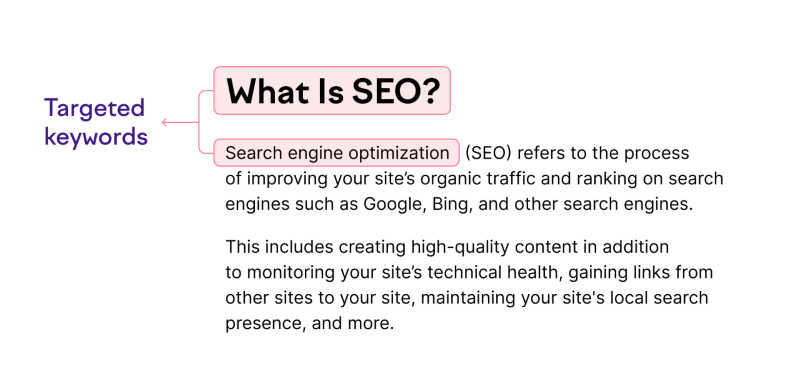
SEO stands for search engine optimization. It improves your website’s visibility or ranking in search engine results by optimizing your site to rank well.
SEO helps bring in qualified, organic traffic by matching search queries to your content. By using relevant keywords and connecting with your audience, you can essentially teach search engines to trust your content and promote it.
SEO covers on-page, off-page, technical, and content-related efforts. It ranges from making sure you are indexed for Google Search Console, to making the most of your SEO tools to include relevant keywords in your content.
Why SEO Still Works in 2025
SEO still works in 2025, because organic search drives over 50% of total website traffic—across industries. This means that creating a piece of content that makes the most of SEO strategies is consistently more likely to be seen by your target audience.
Google continues to reward the most high-quality, helpful, relevant, user-first content that is written from first-hand experience and expertise. When you maintain your site well, undergo consistent content management, and leverage user intent, you show Google you are a serious contender and are often rewarded over time with rankings in their search engine.
Ultimately, SEO builds sustainable visibility and can lower your long-term cost per lead. SEO and content creation go hand-in-hand.
Start with Intent-Driven Keyword Research
Before you ever write a headline or a blog post, you need to understand what your audience is actually searching for—and why. Keyword research isn’t just about search volume. It’s about relevance and intent. The better you understand your audience, the more effective your SEO strategies will be.
How to Find Keywords That Align with Your Goals
A good keyword research tool like Semrush, Ahrefs, and Google Keyword Planner can help by leaps and bounds. Using these tools as part of your SEO strategies can help immediately bolster SEO performance.
As you search, keep an eye out for keywords with a balance of search volume and keyword difficulty to both address common questions or needs of potential customers and limit your competition.
SEO ranking is unlikely if you do not prioritize keywords related to your services, products, or the problems your audience is interested in solving. SEO content needs to match content quality to relevant search.
Further Reading: The 15 Best Keyword Research Tools in 2025 (Free + Paid)
Search Intent Is Everything
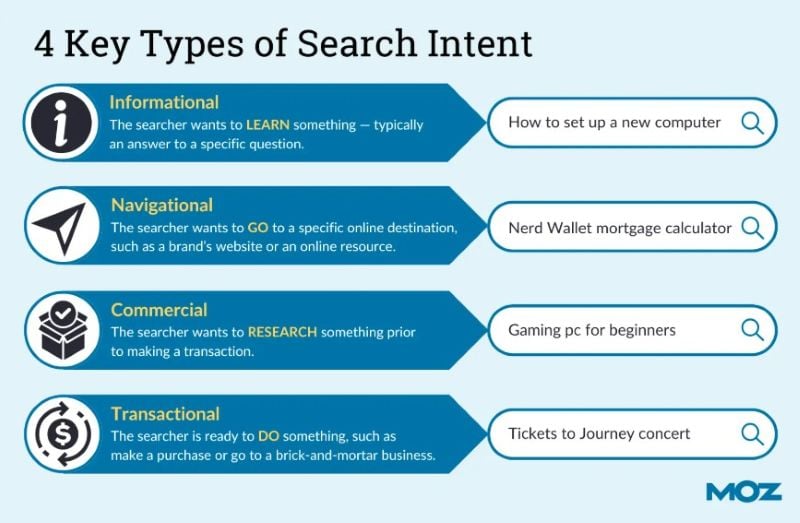
A discussion of search rankings is incomplete without talking about search intent. Your content should closely match the purpose behind a search. Rather than relying on duplicate content or content you have already touched on, identify the purpose behind a search (informational, commercial, transactional, etc.), and develop content accordingly.
Go over top-ranking content to better understand format expectations. A keyword list is a great start, but you want to make sure your SEO keywords are being used in a way that mirrors reputable sites.
Continually adjust your approach. Identify how your audience prefers to receive information, and alter how you produce your content! Does your audience want to learn? To compare? Buy? An effective SEO strategy is one that continually adapts, learns, and improves.
Create Content That Earns a Trust and Clicks
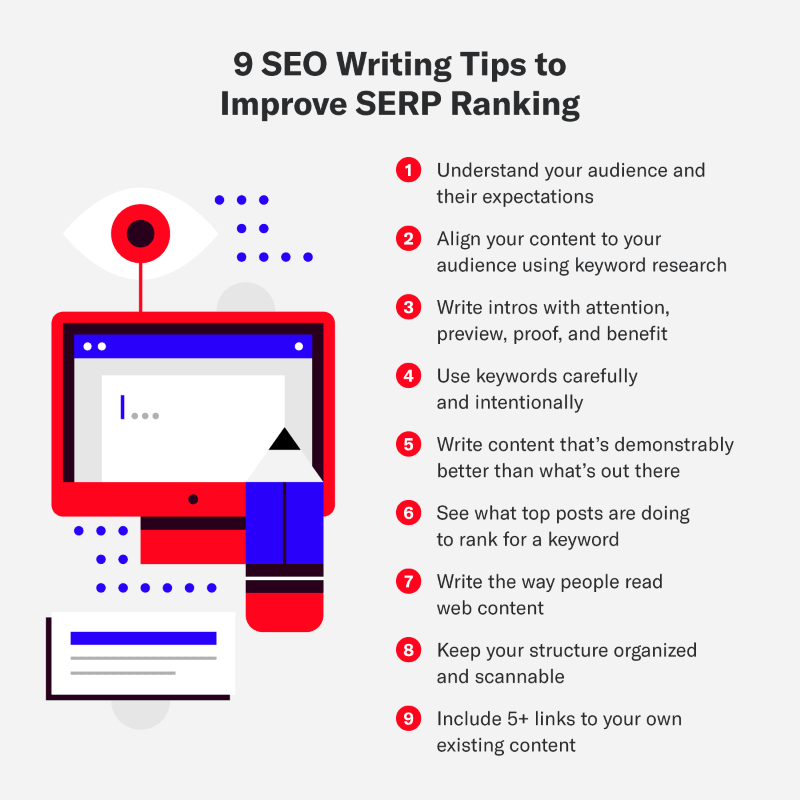
Once you know what your audience is searching for, your job is to answer those questions better than your competitors. In 2025, that doesn’t mean writing longer; it means writing smarter. Experience and empathy matter. Your goal is to be genuinely helpful.
Types of Content That Perform Well
There are many examples of well-performing content, but long-form blog posts, how-to-guides, and pillar pages are all great examples of content that will likely improve click-through rates.
Trying to Keep Up with Digital Marketing?
Just released: my new book to help small businesses, entrepreneurs, and marketers master digital marketing in today’s digital-first world.
Drawing on my Fractional CMO experience, Digital Threads simplifies complex strategies into clear, actionable steps for success.
Transform your business today—grab your copy! Click the cover or button below to buy on Amazon.
Case studies, expert roundups, and industry stats are also great ways to embed your primary keyword and rank well in search. Hard stats can help readers trust your authority, and rest easy in the information you are presenting.
Original research and proprietary insights your audience can’t get elsewhere are great, too; these allow you to stock up your inbound links and continually drive traffic back to your initial site.
Further Reading: What is SEO Content? 8 Tips for Creating Content That Ranks for 2025
Writing for Both Users and Search Engines
Use your target keyword in the title, URL, and meta descriptions for your content. By using your target keyword repeatedly, you assure your audience you are delivering content they need, while appeasing search engines.
A large block of content will make it difficult for your audience to disseminate what you have written. Opt instead to break up your content using clear subheadings, bullets, and images (while always including image SEO) to make your content compelling, visually interesting, and easy to read.
Internal links can be added to related content to help keep users engaged and improve the crawlability of a site. When you have a visitor to your site, your goal is to keep them there as long as possible. Provide value to make sure any site visitors want to stay!
Optimize Your Content for On-Page SEO
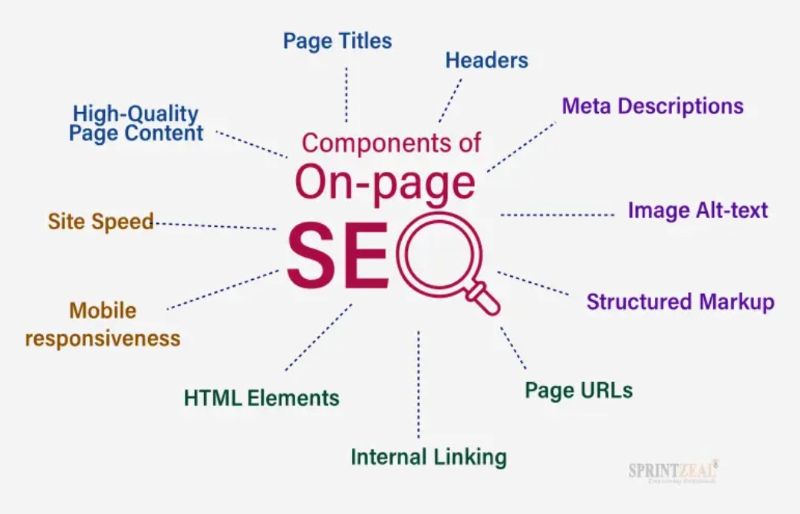
Even the most valuable content needs proper formatting to stand out in search. That’s where on-page SEO comes in. Think of it as helping Google help you—by making your content easy to understand, scan, and rank.
On-Page Elements to Optimize
The title tag should include your keyword and make your content compelling. This will both improve user experience and help you rank highly.
Meta descriptions, conversely, are used to summarize the value of the piece and encourage clicks.
Your URL should be kept short, relevant, and keyword rich. It can be tempting to cram information in here, but effective digital marketing means knowing when to play up or play down aspects of SEO. Your URL is the space for simple, easy keywords.
H1s and H2s can be used to clearly reflect the structure of your content. At the same time, it improves user experience and increases the value of your site.
Further Reading: On-Page SEO: How to Best Optimize the 4 Main Factors to Increase Search Engine Rankings
Make It Mobile-Friendly and Easy to Read
Responsive designs for mobile will always perform better than a site not optimized for mobile. Use a responsive site theme, and make sure to test it on mobile devices.
Break content into smaller paragraphs and use plenty of white space. This helps break up information and make it easier to read.
Tools like Hemingway App can help improve readability for both humans and crawlers–both of which are vital in digital marketing. Practice using tools to help improve readability to determine if they are necessary for your goals.
Build Authority with Strategic Link Building
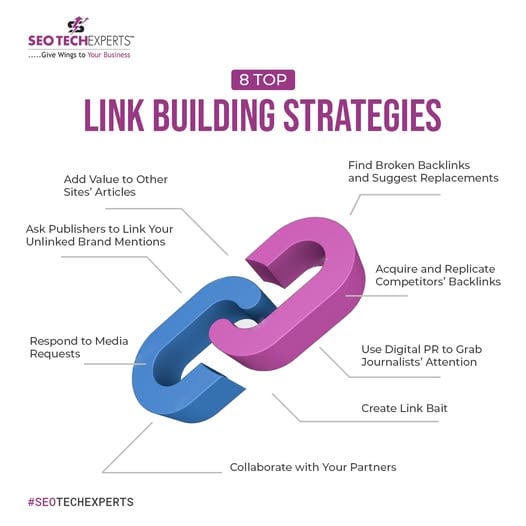
Links still matter. In fact, they’re a major factor in how Google evaluates the credibility of your content. In 2025, link building isn’t about quantity—it’s about relevance, trust, and strategy.
Further Reading: 11 Actionable Link Building Strategies For 2025 and Beyond
Internal Links: Your Secret SEO Weapon
As you make use of internal links, be strategic. Link first from your older, high-authority pages to newer ones. This will help your online platforms continually promote new content.
Use descriptive anchor text to accurately reflect the content of the target page. By effectively describing through your anchor text, your audience can get a better feel for your pages and what they offer.
Topic clusters help increase your authority around key themes. Build your own topic clusters to provide your audience with expert insights.
External Link Strategies That Actually Work
External links are also important. To build your arsenal of external links, reach out for guest post opportunities. You can also contribute expert quotes to help develop a reliable backlog of external links.
Publish your own original data, surveys, or industry insights that are worth referencing! This will be an excellent way to build links and establish yourself as an authority in your field.
Build relationships! By building relationships with others in your space, you can earn natural links over time. This helps put you over the basics of SEO, and places you firmly in a category with greater sustainability in sharing.
Track, Learn, and Improve Over Time
SEO is an ongoing process. What worked last quarter might not be enough this one. You need to measure what matters, learn from the data, and adjust your content and optimization strategies as needed.
The Tools You Need to Monitor Your SEO
Although there are plenty of tools on the market, promising to prop up your SEO efforts, there are a handful of specific tools I typically recommend in any complete guide to SEO. The three I most commonly recommend are:
- Google Search Console: Using Google Search Console, you can track impressions, clicks, and technical issues. All of these data points can then be used to inform your overall content and SEO strategies.
- Google Analytics 4: Google Analytics helps you understand where traffic is coming from and what converts. This is invaluable, because you are more effectively able to develop content to support strong traffic.
- Ahrefs or Semrush: Both of these tools effectively function the same way. That being said, they both offer the ability to monitor keyword positions and backlinks and conduct site audits. These, too, are important to identify the efficacy of your approach, and the direction you need to go in to continue to thrive.
Metrics That Matter
There are countless metrics out there to evaluate. Not all metrics are created equal, however, and there are some specific metrics I always encourage people to keep a close eye on.
Organic traffic and impressions are important, because they help you identify how effectively your SEO approach is working. If you are seeing low organic traffic and few impressions, your SEO strategy likely needs some additional work.
Keyword rankings and CTR (click-through rate) are both invaluable insights. Keyword rankings identify how difficult your topic is, and how likely you are to see strong competition. CTRs identify how frequently your audience is actually clicking on your pages.
Finally, keep a close eye on your leads, conversions, and sales attributed to organic visits. When your SEO efforts are strong, you will see far more leads, conversions, and sales. When your SEO efforts are lacking, you will see a drop in leads and conversions.
Further Reading: SEO Performance: The 15 SEO KPIs You Need to Measure Success
Final Thoughts: How to Do SEO the Smart Way in 2025
SEO isn’t just alive—it’s essential. Whether you’re a solo founder, a marketing leader, or a consultant like me looking to help clients grow, knowing how to leverage SEO gives you a long-term edge.
Start with your audience, publish useful content, make it easy to find, and then keep improving it over time. You don’t need to do it all at once, but you do need to take the first step in creating sites and content and getting your name out there.
Using the guide I have presented above, you can develop a general understanding of SEO and why it is so valuable to your site’s success. The number of people who see your site high up in search is directly tied to the number of people who turn to you for products and services, so do not skimp on SEO, and enjoy the benefits!

